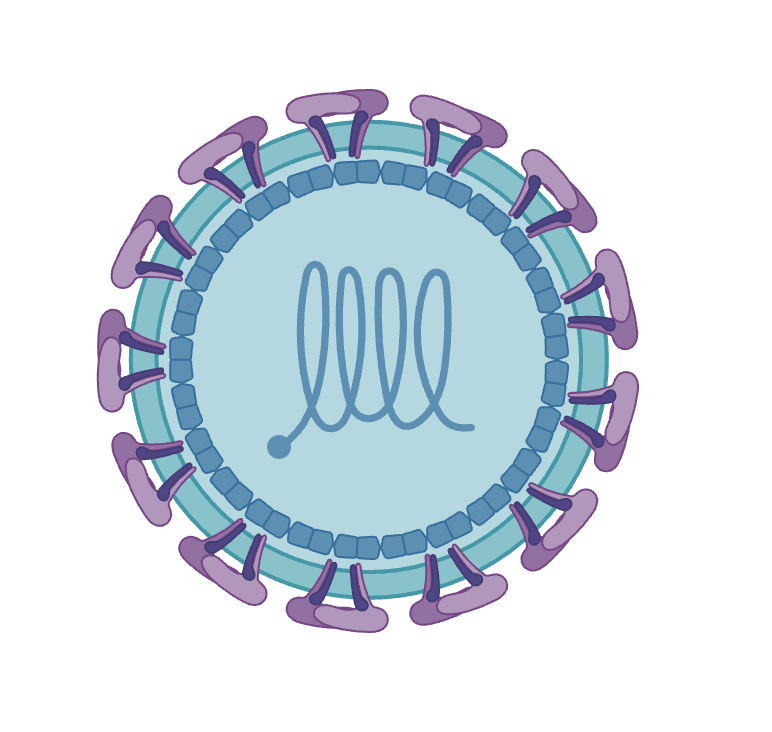Antiviral drug screening is a complex and systematic process aimed at discovering drugs that can effectively inhibit virus replication, alleviate symptoms caused by the virus, or prevent virus transmission. The following is an overview of the screening process for antiviral drugs, including key steps, challenges, and solutions:
1、 The key steps in screening antiviral drugs
Determine screening targets: Firstly, it is necessary to clarify the target virus species and their biological characteristics for screening. This helps determine the focus and direction of screening.
Establish a screening model: Based on the biological characteristics of the target virus, establish a suitable in vitro or in vivo screening model. In vitro screening models typically include cell culture systems for evaluating the effects of drugs on virus-infected cells; In vivo screening models may involve animal experiments to evaluate the efficacy and safety of drugs in vivo.
Compound library screening: Using high-throughput screening techniques, a large number of compound libraries are screened to find candidate drugs with antiviral activity. These compounds may originate from natural products, synthetic compound libraries, or modifications of known drug libraries.
Activity validation and optimization: Further validate the screened candidate drugs to confirm their antiviral activity, and improve their activity and selectivity through structural optimization and modification.
Safety and toxicity assessment: Conduct a comprehensive safety and toxicity assessment of candidate drugs to ensure that they do not cause serious damage to host cells or the body during use.
Pharmacokinetic study: Investigating the absorption, distribution, metabolism, and excretion processes of candidate drugs in vivo to provide a basis for developing rational dosing regimens.
Clinical trial: After completing the above steps, the candidate drug will enter the clinical trial phase to evaluate its safety, efficacy, and applicability in humans.
2、 The challenge of antiviral drug screening
Strong virus variability: Viruses have a high degree of variability, which may lead to the failure of existing drugs or the development of drug resistance. Therefore, antiviral drug screening requires continuous updating and optimization of screening strategies to cope with virus mutations.
Low screening efficiency: Although high-throughput screening technology has improved screening efficiency, the screening process is still time-consuming and labor-intensive due to the large size of the compound library and the long virus replication cycle.
Safety and toxicity issues: Antiviral drugs may have toxic effects on host cells or the body during use. Therefore, close attention should be paid to the safety and toxicity of drugs during the screening process.
Regulatory and ethical issues: Strict regulatory requirements must be followed and ethical reviews conducted during the drug development process. This increases the complexity and difficulty of drug development.
3、 Solution
Strengthen basic research: Conduct in-depth research on the biological characteristics and pathogenic mechanisms of viruses, providing scientific basis for the screening of antiviral drugs.
Optimize screening techniques: Continuously improve and optimize high-throughput screening techniques to enhance screening efficiency and accuracy.
Interdisciplinary cooperation: Strengthen cooperation and communication among multiple disciplines such as biology, chemistry, pharmacology, and computer science to jointly promote the development of antiviral drug screening.
Strengthen safety and toxicity assessment: Establish a comprehensive safety and toxicity assessment system to ensure that the safety of candidate drugs meets regulatory requirements.
Promote international cooperation: Strengthen exchanges and cooperation with international peers to jointly tackle global challenges in virus drug screening.
In summary, antiviral drug screening is a complex and challenging process. By continuously optimizing screening strategies, strengthening basic research, interdisciplinary cooperation, and enhancing safety and toxicity assessments, we can continuously improve the success rate and efficiency of antiviral drug screening, and make greater contributions to human health.
Share on:
Facebook
Twitter
Pinterest
WhatsApp
Recent posts
We recommend


